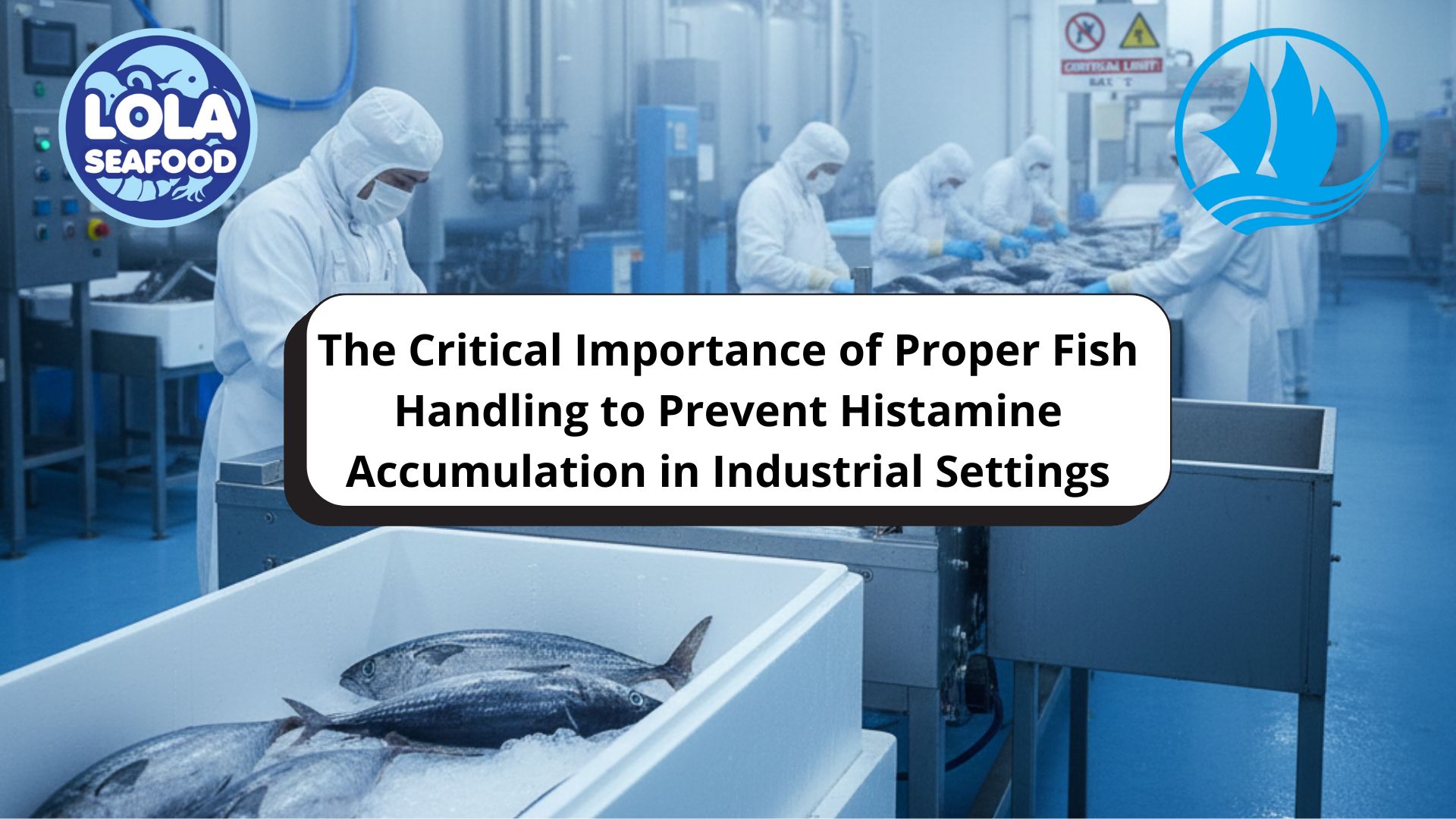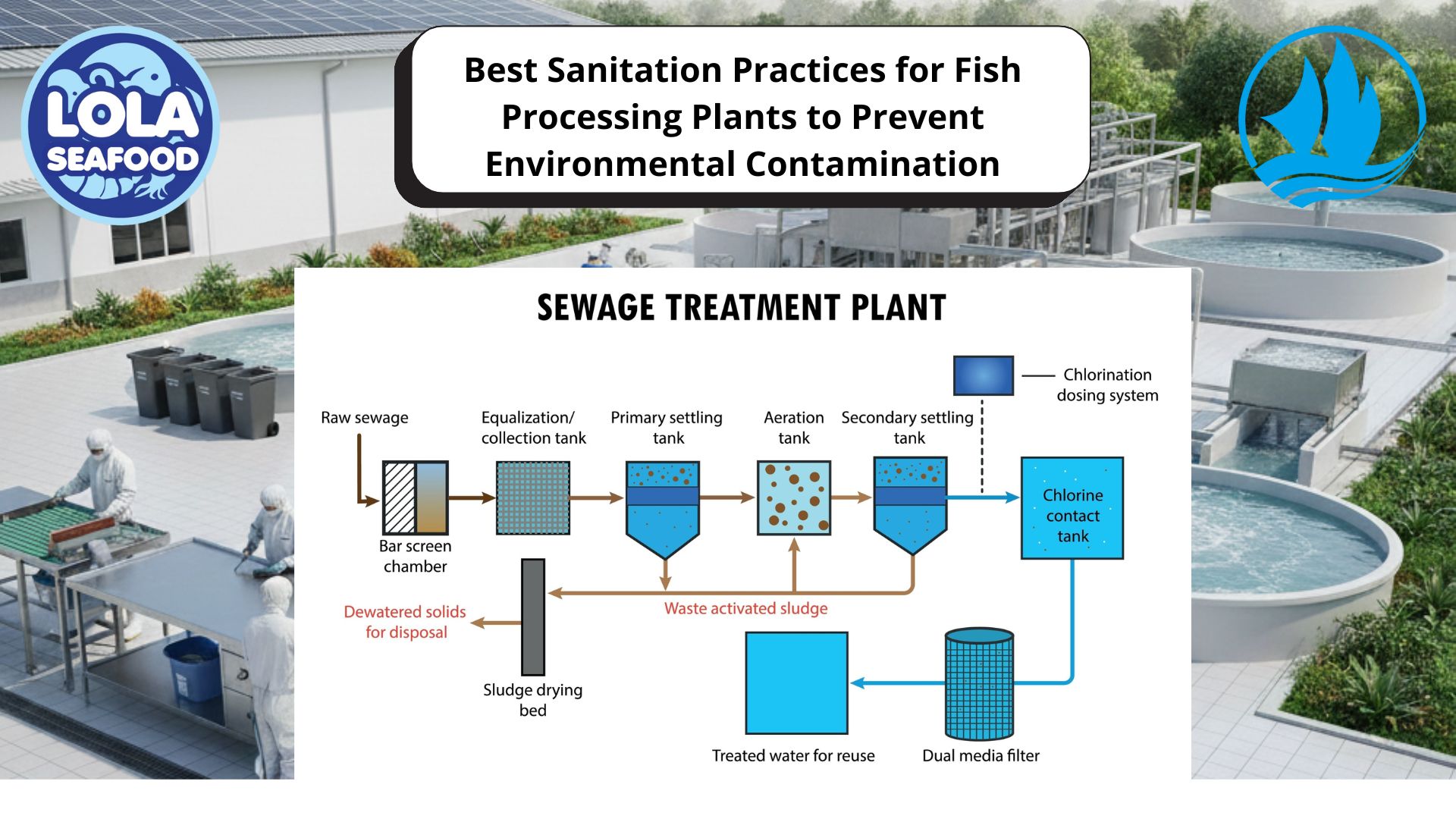Spearfishing: Catching Fish Sustainably
By. Nevanda - 09 Mar 2023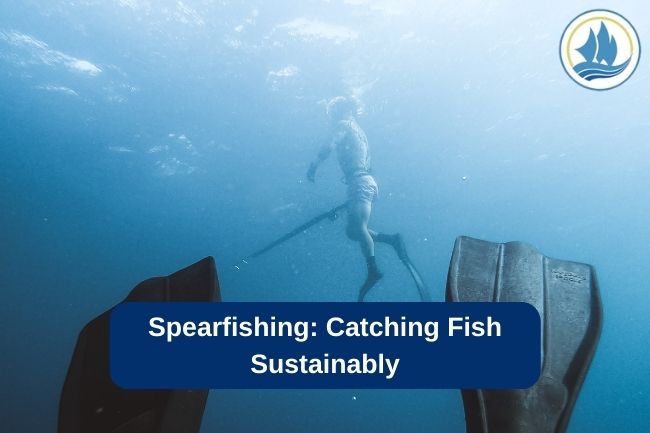
kelolalaut.com - Spearfishing is a method of catching fish that involves impaling the fish with a sharp-pointed straight object like harpoon, spear, or gig. This technique is one of the earliest ways of fishing used by mankind. In early civilisations were familiar with the custom of spearing fish from the river and streams using sharpened sticks.
Modern spearfishing usually involves the use of underwater swimming gear and slingshot-like elastic spearguns. This elastic spearguns will launch a tethered dart-like projectile to strike the fish. More specialised technique and equipment have been developed for various types of aquatic environment and the target fish.
Read also: Watch Out For These 5 Invasive Species
Spearfish is usually done by using free diving, snorkelling, or scuba diving, but in some countries it is illegal to use scuba diving while spearfishing. The use of mechanically powered spearguns also outlawed in some countries like New Zealand. The common form of spearfishing is coastal spearfishing which simply done by entering and exiting the sea from beaches and hunting around ocean structures.
Traditional spearfishing is limited to shallow waters, but now that spearfishing gear is much more modern, it can be done in deeper water. With a lot of practice, some free divers are able to hold their breath for up to ten minutes. A diver who uses underwater equipment also can dive for much longer periods. By using this technique, you can also get bigger fish than doing by traditional angling, because you can size up the fish before you shot it.
Read also: 3 Kind of Fishing Activities
Spearfishing has been implicated in local disappearances of some species, like Atlantic Goliath Grouper and Nassau Grouper. Nowadays this technique has shifted focus onto catching only what one needs and targeting sustainable fisheries. In some countries, like Australia and South Africa, which has regulation of fishing activity, spearfishing has been considered the most sustainable way to catch fish due to its high selectivity, no bycatch, causing no ecosystem damage, nor creating pollution or harm the protected endangered animals.
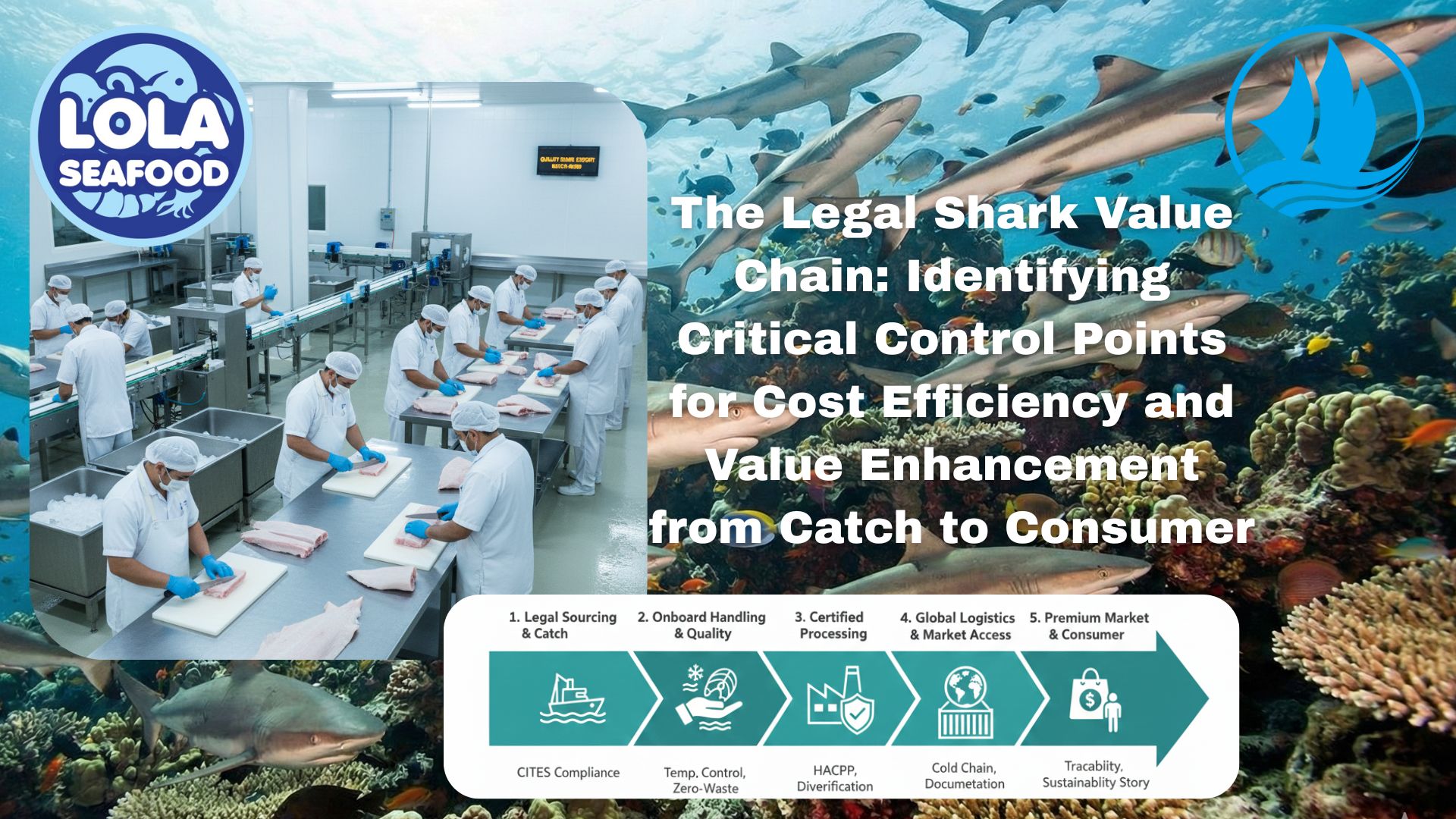
The Legal Shark Value Chain: Identifying Critical Control Points for Cost Efficiency and Value Enhancement from Catch to Consumer
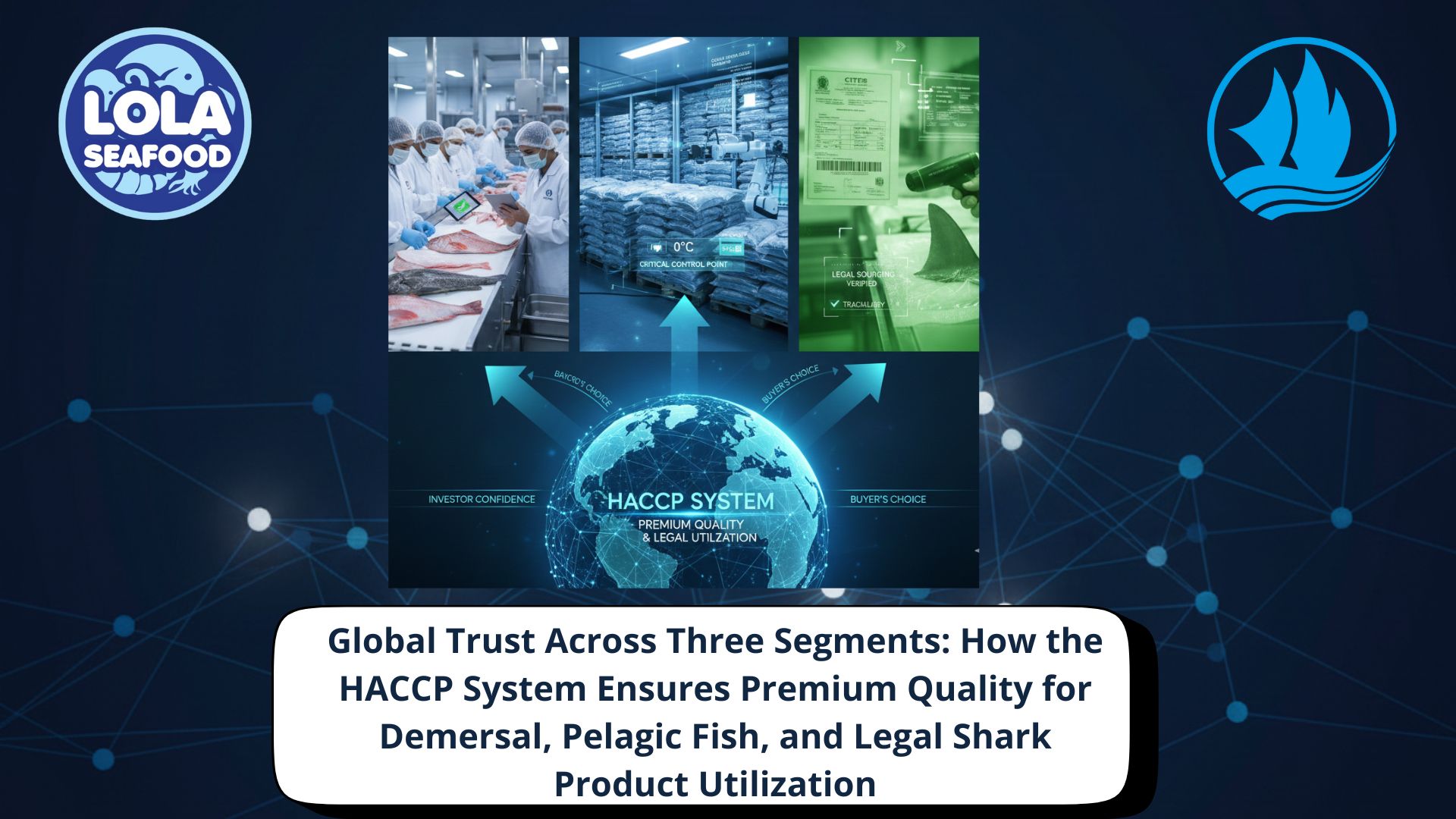
Global Trust Across Three Segments: How the HACCP System Ensures Premium Quality for Demersal, Pelagic Fish, and Legal Shark Product Utilization
.jpg)
Green Investment, Profitable Harvest: How Sustainability Practices Reduce Operating Costs in Fish Fillet Processing Plants (Skin-On and Skin-Less)
 in Meeting Global Protein Demand Sustainably.jpg)



